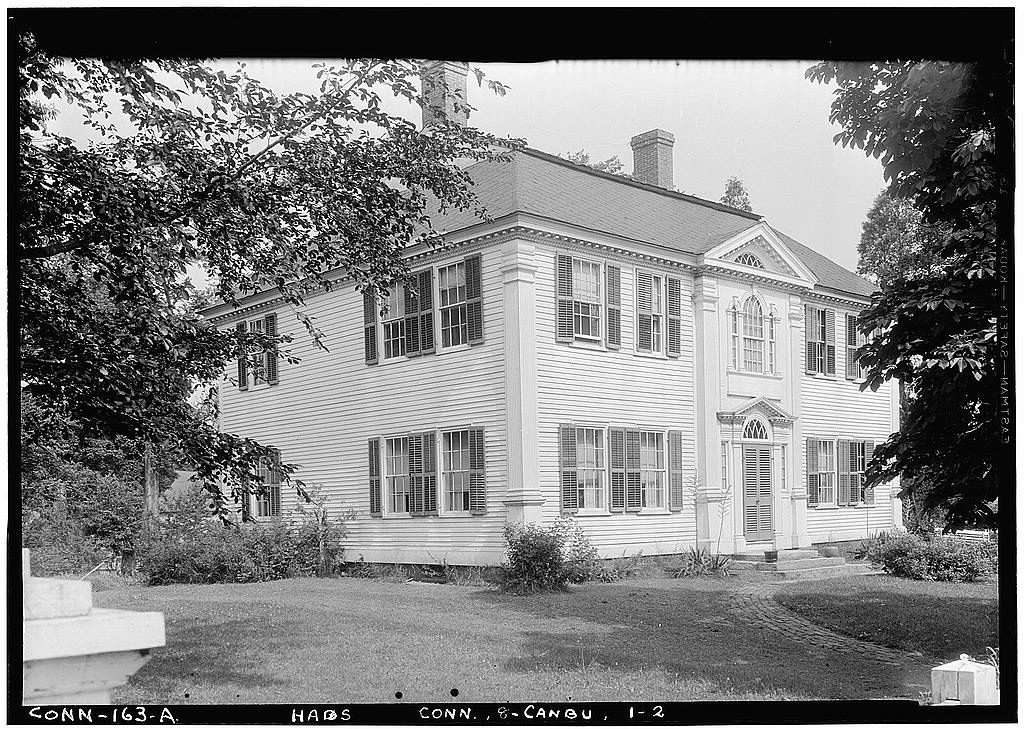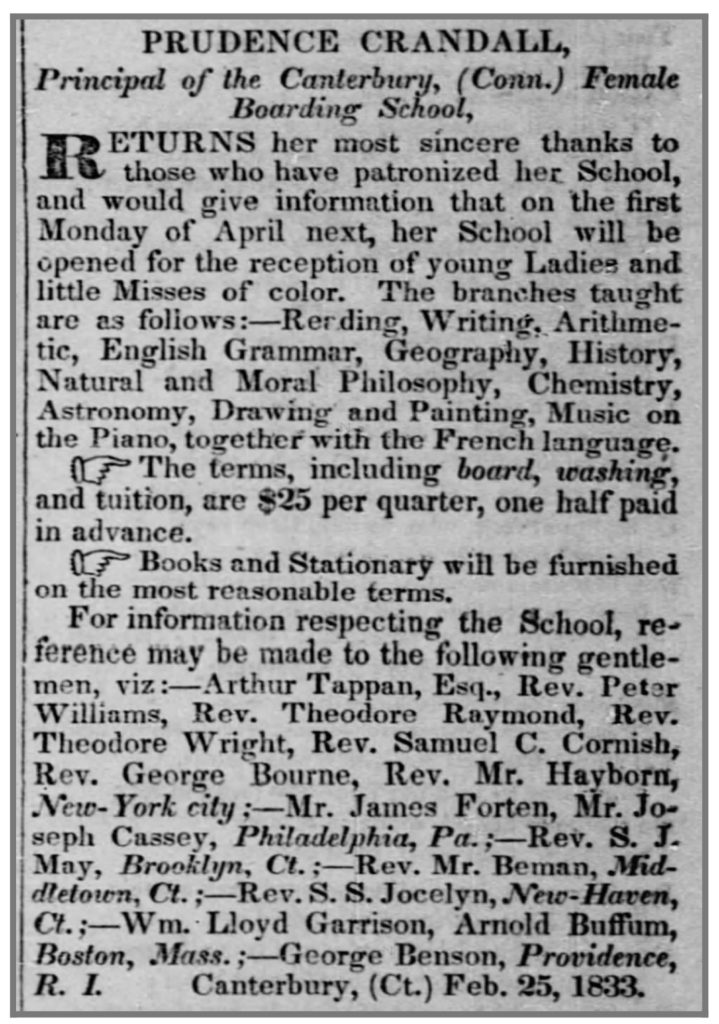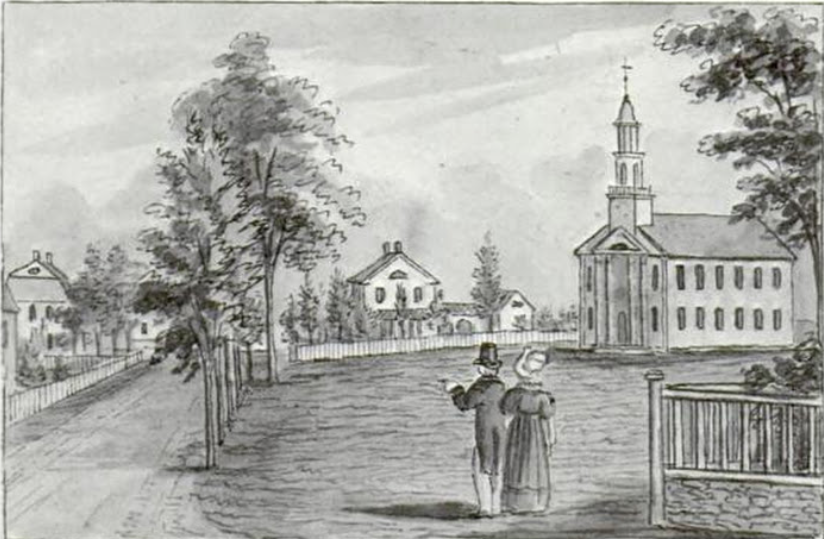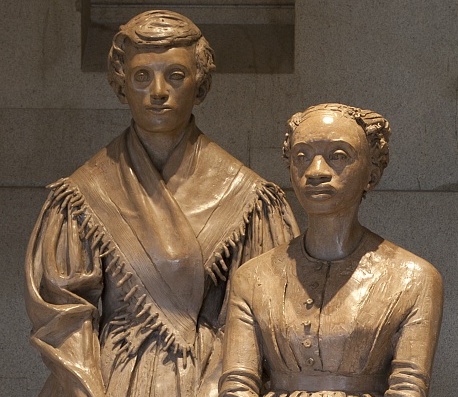State Heroine Prudence Crandall
By Bobby Shipman
The state heroine of Connecticut is Prudence Crandall. She definitely deserves the title. She lived in Connecticut at a time when girls didn’t have the right to an education. She decided to do something about it. She opened a school for them. She lost all of her white students when she let just one African American student into her school. But that didn’t stop her.
 Prudence Crandall was born on September 3, 1803, in Hopkinton, Rhode Island. Her parents were Quakers. She studied at a Quaker school. The Quakers’ message of equal rights for everyone made a big impression on Crandall. It stuck with her for the rest of her life.
Prudence Crandall was born on September 3, 1803, in Hopkinton, Rhode Island. Her parents were Quakers. She studied at a Quaker school. The Quakers’ message of equal rights for everyone made a big impression on Crandall. It stuck with her for the rest of her life.
When Crandall was 10, her family moved to Connecticut. When she grew up, she taught for a little while at a girl’s school in Plainfield. In 1831 she bought a house in Canterbury and opened the Canterbury Female Boarding School. Her school was a success!

Prudence Crandall’s house where she held her school. This is what it looked 100 years later in the 1930s. Library of Congress
But in the near future was the move that would put her in the history books.
In 1832 Sarah Harris asked Prudence Crandall if she could become a student at her school. Sarah was the daughter of a local farmer. She wanted to become a teacher and open her own school.
Crandall welcomed Harris to her school. There was one thing that set her apart from the other students—she was black and they were white. This caused an uproar. White townspeople wanted Crandall to expel Harris. Many parents took their daughters out of Crandall’s school.

The Liberator, March 2, 1833
What did Crandall do? She shut down her school—then reopened it in 1833. She advertised her school in newspapers like The Liberator. The Liberator was a nationwide newspaper that was against slavery. Its editor, William Lloyd Garrison, became her friend and supporter. He wrote about her in his paper. She became famous before her school even opened
Black families from far and wide sent their daughters to Crandall’s school in Canterbury. The white townspeople got even angrier. They threw rocks at the school’s windows and demanded Crandall shut it down. She refused.
Just a month later, the Connecticut State Legislature passed a new law. It came to be known as “the Black Law.” The law made it illegal to open a school for black students from outside Connecticut without permission of the town.
Crandall was arrested! She was only in jail for one night. When she was released, she went back and reopened her school.
She was now famous all around the country. Her court case was reported in newspapers all over America. After three trials, her case was dismissed. But some townspeople attacked her school on September 9, 1834. She feared for her students’ safety. She was forced to close her school.

John Warner Barber’s drawing of Canterbury, showing Prudence Crandall’s school in the center.
Connecticut’s “Black Law” was repealed in 1838. But it was too late for Crandall. She had moved to Illinois with her husband. Prudence Crandall died on January 28, 1890, in Elk Falls, Kansas.
In 1994, fourth graders in New Canaan took a field trip to the state capitol. They wondered why there was a state hero but there wasn’t a state heroine. They helped get Prudence Crandall named state heroine in 1995. In 2000, students from Bristol took a field trip to the state capitol. They wondered why there wasn’t a statue of our state heroine. They raised money for a statue. The statue was unveiled in 2008.
You can visit Crandall’s house in Canterbury. It’s the Prudence Crandall Museum. Her house is on the Connecticut Freedom Trail. She is recognized in the Connecticut Women’s Hall of Fame.

Detail of the statue of Prudence Crandall and one of her students in the State Capitol, Hartford.
But if you are looking for Prudence Crandall’s legacy, you don’t need to go to a museum or a library. Anywhere where people, regardless of their age, gender, skin color, or heritage, have equal rights, you’ll find the legacy of Prudence Crandall.
Bobby Shipman was a fifth grader at Tariffville School in Simsbury when he wrote this story. Read his other stories on WhereILiveCT.org.
Visit:
Prudence Crandall Museum, 1 South Canterbury Road, Canterbury.
 Sources:
Sources:
“Prudence Crandall Fights for Equal Access to Education,” Connecticuthistory.org
“Women Who Changed the World,” Connecticut Explored, Summer 2011


 Prudence Crandall was born on September 3, 1803, in Hopkinton, Rhode Island. Her parents were Quakers. She studied at a Quaker school. The Quakers’ message of equal rights for everyone made a big impression on Crandall. It stuck with her for the rest of her life.
Prudence Crandall was born on September 3, 1803, in Hopkinton, Rhode Island. Her parents were Quakers. She studied at a Quaker school. The Quakers’ message of equal rights for everyone made a big impression on Crandall. It stuck with her for the rest of her life.



 Sources:
Sources: